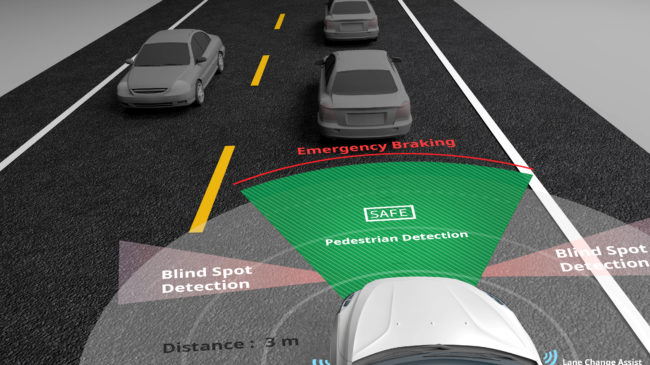In a 2009 TED Talk, Sebastian Thrun, director of the Stanford Artificial Intelligence Laboratory and vice president of Google, set off a firestorm of interest over automated vehicle technology in his announcement that Google was pursuing a world where human beings no longer drive cars.
Since then, Google has been joined by numerous technology startups as well as traditional automakers in a joint quest to replace human beings in the driver seat with sensor arrays and computers.
Improving safety has been a top stated priority and is especially significant given the long-recognized fact that more than 90 percent of automobile crashes involve driver error or misbehavior. A recent study from the Insurance Institute for Highway Safety estimated that vehicle automation systems could potentially prevent just 34 percent of crashes. However, this study was heavily criticized for inaccurately assuming riders of automated vehicles would somehow be able to direct the vehicles to illegally speed and make illegal maneuvers. In reality, automated vehicle developers are designing their systems to obey traffic laws and potentially only violate them in order to prevent crashes—and where riders play no role in this decision-making. Properly recalculated using standard automated vehicle engineering assumptions, the estimate for potentially preventable crashes rises to 73 percent.
The technology also offers great promise for traditionally mobility-disadvantaged groups who—either by disability or lack of income—are unable to drive their own vehicles and then suffer the consequences of reduced access to jobs, medicine, and leisure that poor substitutes such as mass transit cannot come close to matching.
We are still years away from the wide-scale deployment of self-driving taxis and delivery vehicles that have captured the popular imagination. Comprehensive federal policy has yet to be enacted. In this environment, a number of states have taken the lead in charting a policy path for automated vehicles. This policy brief aims to provide needed guidance to state policymakers in these efforts.
The brief begins with definitions of key automated vehicle terms and concepts, continues with a survey of existing state automated vehicle policies, and follows with 10 policy recommendations for state policymakers to promote automated vehicle innovation while protecting the public interest.
State policymakers have a difficult task ahead of them in crafting automated vehicle policies with so much uncertainty around developer testing progress, deployment dates, and technical standardization. This uncertainty is compounded by the lack of automated vehicle policymaking at the federal level, which not only leaves a policy vacuum that states will be tempted to fill but also creates a substantial risk to state policymaking that is likely to be preempted by federal authorities in the future.
Despite this uncertainty, state policymakers can chart a path forward. The 10 recommendations contained in this brief are “no regrets” policies that policymakers can undertake with minimal risk to either automated vehicle development or the public interest. States that have yet to act on automated vehicle policy can learn from the positive and negative experiences of states that moved early—perhaps too early.
Going forward, there will be much more policymaking and fine-tuning of existing policies to better match the technological, economic, and social issues that may arise from automated vehicle deployment. Fortunately, while the pace of development has been rapid, policymakers still have plenty of time to get automated vehicle policy right to maximize the benefits of the technology while minimizing the social costs of counterproductive policy.

